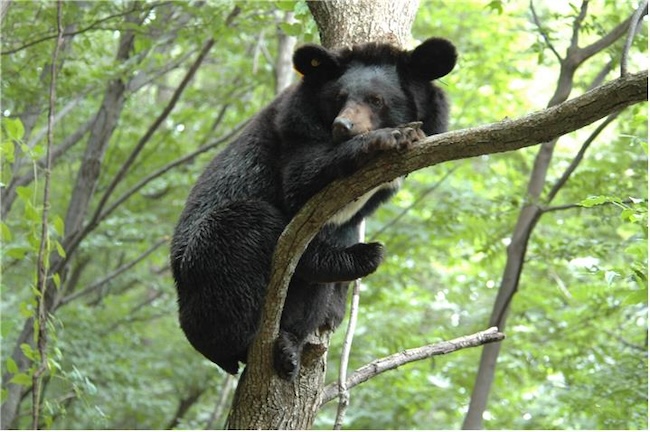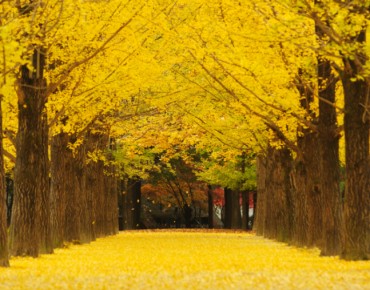SEOUL, Sept. 26 (Korea Bizwire) – Two decades after its inception, South Korea’s ambitious project to restore the Asiatic black bear population has exceeded expectations, transforming from a conservation effort into a lesson in coexistence between humans and wildlife.
The Ministry of Environment and the Korea National Park Service announced they will host a policy forum on September 26 in Seoul to commemorate the 20th anniversary of the Asiatic black bear restoration project.
The initiative, aimed at preserving the Korean Peninsula’s ecological corridor and biodiversity, began in earnest in 2004 with the release of six bears imported from Russia into Jirisan National Park.
When the project started, the Asiatic black bear, also known as “moon bear” for its distinctive crescent-shaped chest marking, was not entirely extinct in the wild.
Traces of the species were found in a 1996 government survey, and a wild bear was even captured on video in 2000.
However, the population had dwindled to a point where genetic health and sustainable reproduction were no longer viable, despite being relatively common in mountainous areas until the 1950s.
The restoration effort has surpassed its initial goal of establishing a minimum viable population of 50 bears. Today, approximately 80 bears roam freely in the wild. Since the first wild birth in 2009, cubs have been born annually, with fourth-generation offspring now present in the population.
The bears’ habitat has expanded beyond Jirisan to the Deogyusan area, leading to new challenges in human-wildlife interaction. Some experts now suggest that the population in Jirisan may be approaching its optimal range of 56-78 individuals.
As the project enters its third decade, focus is shifting towards managing coexistence between humans and bears. Environmental studies show that bears generally avoid human contact, with 89% of their activity occurring more than 500 meters away from hiking trails.
The Ministry of Environment has issued guidelines for hikers encountering bears, emphasizing the importance of maintaining distance and refraining from feeding or photographing the animals at close range.
Kim Tae-o, Director of Nature Conservation at the Ministry of Environment, acknowledged both the project’s success and its ongoing challenges.
“While we’ve achieved tangible success in restoring the Asiatic black bear population, we now face the tasks of expanding stable habitats and ensuring peaceful coexistence with humans,” he said.
“We will continue to develop policies that allow these bears to thrive alongside us.”
Lina Jang (linajang@koreabizwire.com)







